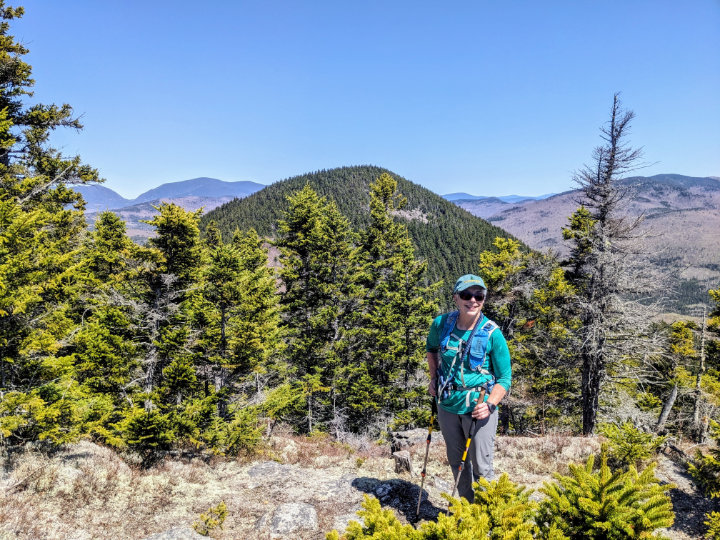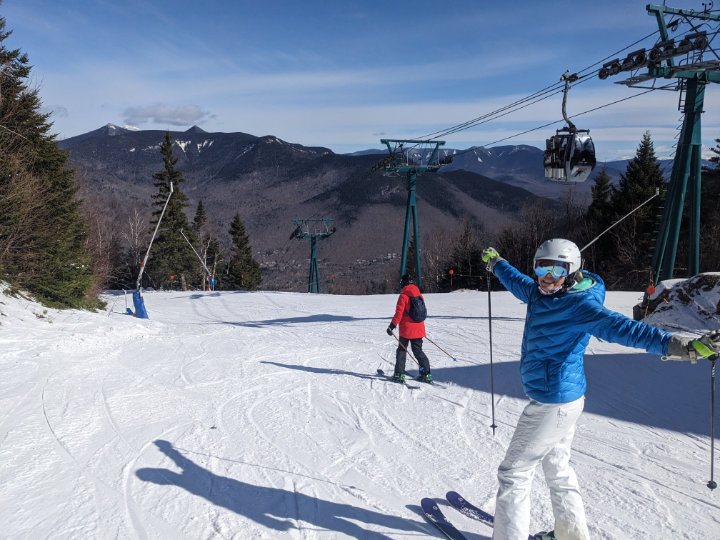New Hampshire Red Men & Odd Fellows
by Robert Hanaford Smith, Sr.
Weirs Times Contributing Writer
“The Union”, the Manchester, NH newspaper of 1906 reported on the activities of the Red Men of New Hampshire in the Spring of that year.
You might be surprised to learn that a new tribe known as Squamtum, No. 47, was said to have been organized in East Jaffrey with a charter membership of 35. Chief of records was J.D. Donahue, chief of wampum was G.H. Williams and keeper of wampum was Charles N. Wilson. The Watatic tribe of Winchendon did the degree work with Grand Sachem Joseph L. Wiggin and Grand Chief of Records Harrie M. Young instituting the tribe. The report informed the reader that “At the conclusion of the work corn and venison were served.” Other tribes mentioned in the article were the Skitchawang of Claremont, the Contoocook of Hillsborough, the Massapatanapus of Goffstown, the Massasoil of Portsmouth, and the Agawam of Manchester. The Contoocook Tribe was scheduled to adopt a class of “twelve palefaces” on May 29th.

A second surprise might be in finding out what the Red Men were all about was that none of them were “red”, but all were indeed palefaces, or white.The fact is that the Society of Red Men or the Improved Order of Red Men is not a Native American organization, but a fraternity which grew out of the patriotic movements associated with the American Revolution, particularly the Sons of Liberty. It was a group of men calling themselves the Sons of Liberty that, on December 16, 1773, dressed themselves in the attire of Mohawk Indians and dumped 342 chests of English tea into Boston Harbor. During America’s struggle for independence there were a number of secret societies that were formed to promote freedom, following the example of the Sons of Liberty. In the year 1813 several of these groups came together at Fort Mifflin, near Philadelphia, Pennsylvania and merged into one organization called the Society of Red Men. Apparently tracing their roots back to the Sons of Liberty and the Boston Tea Party,they applied Native American names to the titles and rituals they used in their organization. In 1834 the name was changed to the Improved Order of Red Men at a meeting in Baltimore, Maryland, and, in the same city in 1847 a national organization was formed called the Grand Council of the United States.

The “Official History of Improved Order of Red Men ” states that “The first tribal council fire kindled in New Hampshire was of Paugus Tribe, No. 1, of Salmon Falls.” This took place in the Flower Moon, G.S.D. 384. The second and third tribal councils were kindled in the same year and were that of Kankamagus at Dover during the 5th of the Travelling Moon, followed by Samoset, No.3. at Rochester on the 29th of the Beaver Moon. Newichewannock, N0.4, at Portsmouth, was instituted on the 9th of the Worm Moon, G.S.D. 385, and the Passaconaway Tribe, No.5., at Manchester on the 12th of the Plant Moon, G.S.D, 390. The Samoset council fire was reported to have been “quenched” a few years after its founding. The G.S.D. stands for Great Sun of Discovery, the calendar system of the Red Men. Year 1 is the year of Christopher Coloumbus’ arrival in America, 1492, and, in the Red Men’s calendar, years are called “great suns” and months are designated by “moons”.
The Improved Order of Redmen promotes itself as “ America’s Oldest Fraternal Organization Chartered by Congress” and emphasizes the ideals of Freedom, Friendship, and Charity. In the 1920’s there were “tribes” in 46 states and territories with a membership of over half a million. Though still in existence, only about sixteen states have Red Men organizations today with a membership of about 13,000. I have found no “tribes” listed as being in New Hampshire, though it appears that there are still active ones in the New England states of Maine, Massachusetts, and Connecticut.The web site of the Improved Order of Red Men says that “By belonging to this proud and historic organization you can demonstrate your desire to continue the battle started at Lexington and Concord to promote freedom and protect the American Way of Life.” The organization dropped its all-white membership policy in 1974. It promotes the traditions of native Americans and engages in charitable activities.
One might argue, that as the Red Men were not red, so the Independent Order of Odd Fellows were not odd, though the fellows themselves might insist that the odd part of their name indicates that they maintain higher standards for themselves in charitable activities than do most people, but without bragging. The 1906 Odd Fellows had a busy day of activities in Colebrook on Tuesday, May 15 with a dedicatory service of their new hall in the afternoon and district meeting in the evening. The “lodge” had been meeting in the hall for about three years because their previous location had been destroyed by fire, but the subject of dedication which was discussed was prevented by circumstances “… until times and conditions were ripe.” The “commodious hall” was filled with Odd Fellows and Rebekahs as Grand Master Lamont Hilton performed the dedicatory ceremony. Rev. Claudius Byrne, Grand Chaplain and Grand Warden, Grand Marshall Charles H. Canney, and Grand Herald George D. Roberts of Jefferson assisted in the ceremony, and the Colebrook orchestra and a quartet provided special music for the occasion. The district meeting in the evening was attended by members from sixteen different lodges as the district deputy for the Coos District, Brother Jodric , presided over the meeting which included a banquet served by Monadnock Rebekah Lodge.
I include this account about some Odd Fellows meetings because it was on the same page as the May, 1906 account of the Red Men and the realization that they had ( and have) similar objectives. The Odd Fellows believe that Friendship, Love, and Truth are the basic guidelines that they should live by. Their stated goal is to make the world a better place to live in and to improve and elevate the character of mankind.




